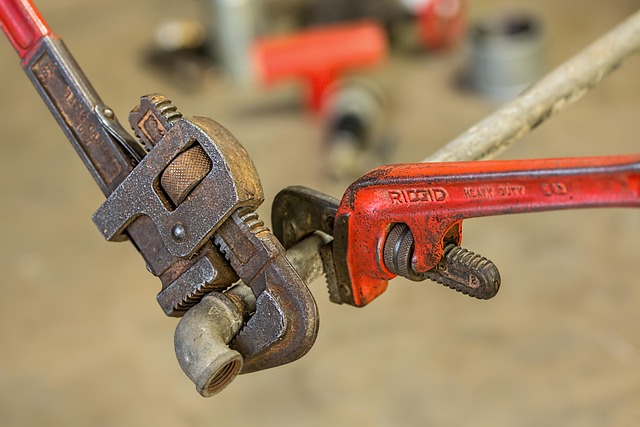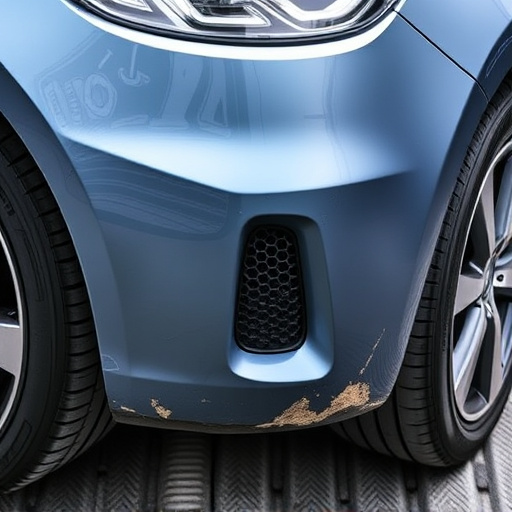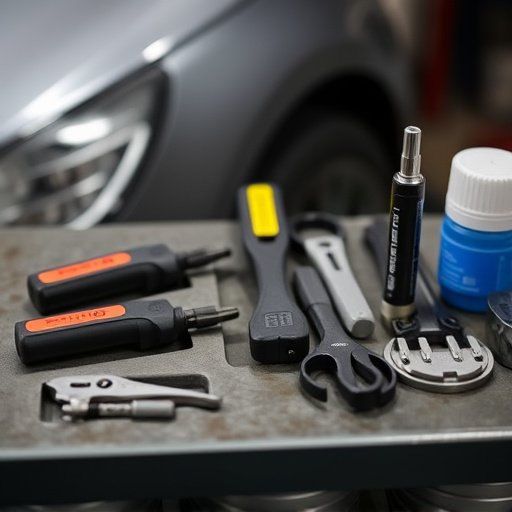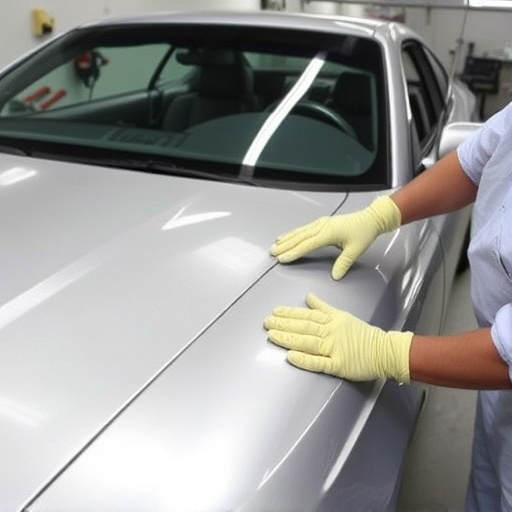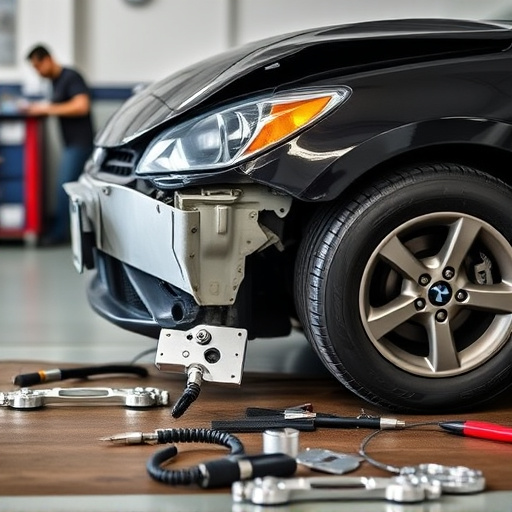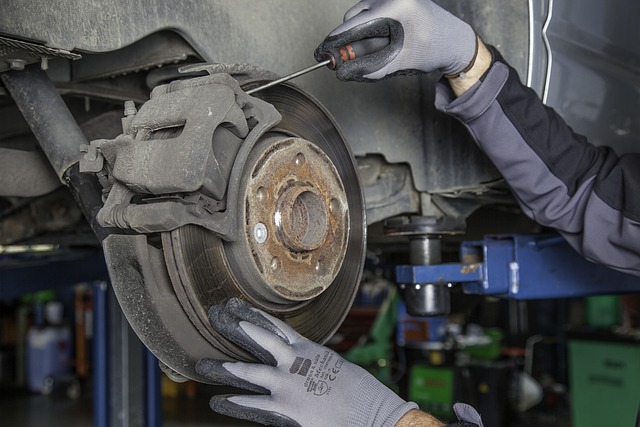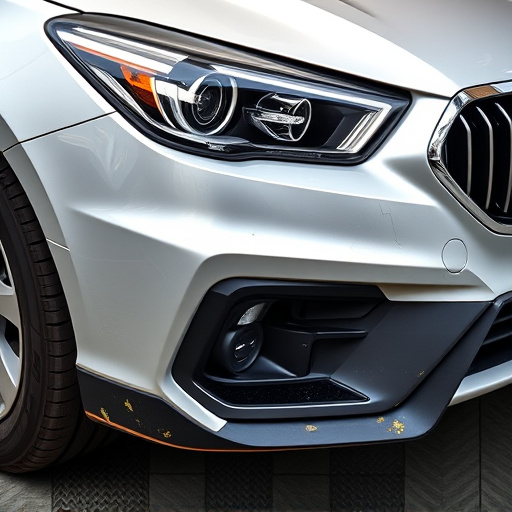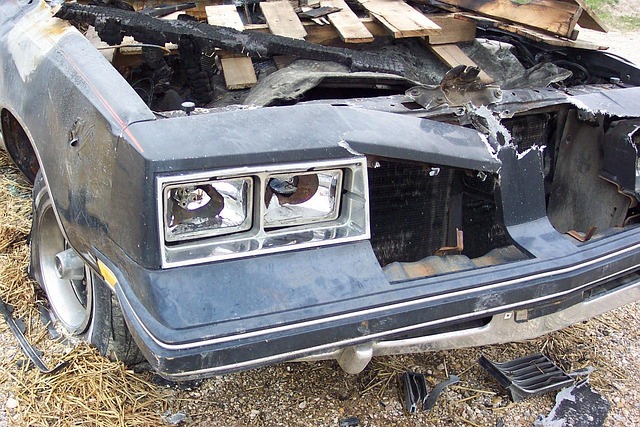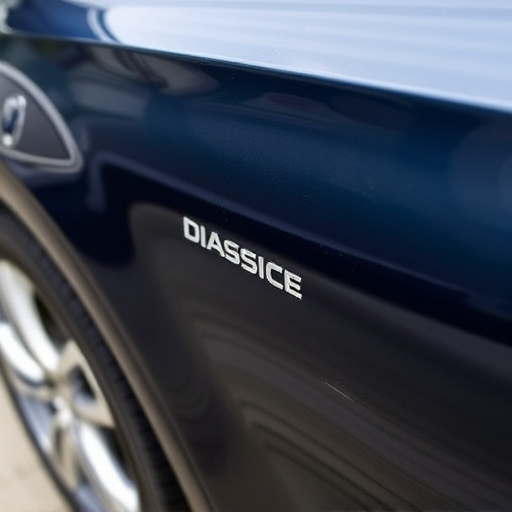Vehicle dent fixing is essential for both safety and aesthetics, addressing complex metal deformations caused by external forces. Severity varies based on impact, speed, and metal strength. Minor dents can be DIY'd with tools like dent pullers, while major dents may require professional techniques like frame straightening or paintless repair. Preventative measures include navigating cautiously, conducting regular checks, and using dent-resistant car covers to avoid structural damage and costly repairs. Early action on minor dents prevents escalation.
Avoid future vehicle dents with our comprehensive guide. Learn how to understand dent dynamics, identify common causes, and differentiate between minor and major dents. Discover the impact of environmental factors and implement preventative measures before and after fixing. Explore regular maintenance, protective coatings, parking strategies, cleaning techniques, and professional detailing for long-lasting results. Master these steps to keep your vehicle free from unsightly dents.
- Understanding Vehicle Dent Dynamics
- – Identifying common causes of vehicle dents
- – Differentiating between minor and major dents
Understanding Vehicle Dent Dynamics

Dents on vehicles are more than just cosmetic issues; they represent a complex interplay of forces and materials. Understanding how vehicle dents occur is crucial in preventing future damage, especially after repairs. When an external force impacts a car’s surface, it deforms the metal, creating a dent that can vary in size and shape. This process involves the temporary stretching and bending of the metal before it returns to its original form. The severity of the dent depends on factors such as the force applied, the speed at which the impact occurs, and the strength of the metal.
Regular maintenance, including timely repairs after accidents or minor dents (like car scratch repair or bumper repair), is key to preserving a vehicle’s exterior. Automotive collision repair professionals employ various techniques, from using specialized tools for dent removal to applying heat or vacuum to reverse the damage. By addressing dents promptly and effectively, you not only enhance the visual appeal of your vehicle but also protect its structural integrity, ensuring optimal performance and safety.
– Identifying common causes of vehicle dents

Dents on vehicles are not just unsightly; they can also be a sign of more significant structural damage. Identifying common causes is the first step in preventing future incidents of vehicle dent fixing. One of the primary culprits is road hazards, such as potholes, rough surfaces, and debris like branches or metal shards. These can easily puncture or bend car bodies, especially at lower speeds. Parking in crowded areas or on busy streets also increases the risk, with other vehicles or objects potentially making contact during parallel parking or low-speed manoeuvres.
Another frequent cause is human error, which includes both accidental and intentional damage. This encompasses incidents like backing into objects, colliding with walls or barriers, and even malicious acts like vandalism. To mitigate these issues, drivers should exercise caution while driving and parking, maintaining a safe distance from obstacles and being mindful of their surroundings. Regular maintenance checks by an auto repair shop can also help identify potential weaknesses in a vehicle’s bodywork, enabling prompt repairs to prevent future dents from setting in.
– Differentiating between minor and major dents

When it comes to vehicle dent fixing, distinguishing between minor and major dents is crucial. Minor dents are typically shallow, with no damage to the car’s metal or paint surface. These can often be corrected with DIY methods like using a dent puller or clay bar kits, which involve gently applying pressure to smooth out the imperfection. Major dents, on the other hand, penetrate deeper into the panel, potentially affecting structural integrity and leaving permanent marks. They may require professional intervention, such as frame straightening or more advanced techniques like paintless dent repair, where skilled technicians use specialized tools to realign the metal without replacing the paint job.
For minor dents, quick action can prevent them from becoming bigger issues. While some may opt for car paint repair as a temporary fix, considering long-term solutions like preventing future dents through parking in sheltered areas or using dent-resistant car covers could be more beneficial. Remember, proper identification of the dent’s severity will guide you towards the most suitable and cost-effective solution, ensuring your vehicle retains its aesthetic appeal and structural soundness.
By understanding the dynamics of vehicle dent formation and knowing how to differentiate between minor and major dents, you can take proactive steps to avoid future vehicle dents. Regular maintenance, parking in secure areas, and using protective coatings can significantly reduce the risk. Remember, prompt action after a dent occurs is key to minimizing repair costs and preserving your vehicle’s aesthetic appeal. With these measures in place, you can enjoy a smoother ride, both literally and metaphorically, with fewer concerns about damaging your car.
